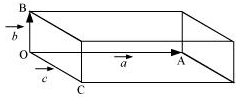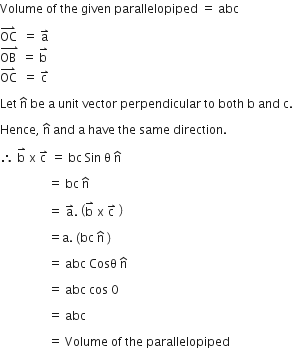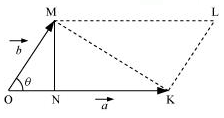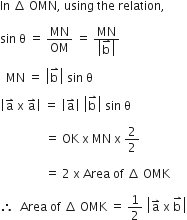In the HCl molecule, the separation between the nuclei of the two atoms is about 1.27 Å (1 Å = 10–10 m). Find the approximate location of the CM of the molecule, given that a chlorine atom is about 35.5 times as massive as a hydrogen atom and nearly all the mass of an atom is concentrated in its nucleus.

Distance between H and Cl atoms = 1.27 Å
Mass of H atom = m
Mass of Cl atom = 35.5m
Let the centre of mass of the system lie at a distance x from the Cl atom.
Distance of the centre of mass from the H atom = (1.27 – x)Let us assume that the centre of mass of the given molecule lies at the origin.
Therefore, we can have
 m(1.27 – x) + 35.5mx = 0
m(1.27 – x) + 35.5mx = 0
1.27 - x = -35.5x
∴ x = 
= -0.037 Å
Here, the negative sign indicates that the centre of mass lies at the left of the molecule.
Hence, the centre of mass of the HCl molecule lies 0.037Å from the Cl atom.
443 Views






